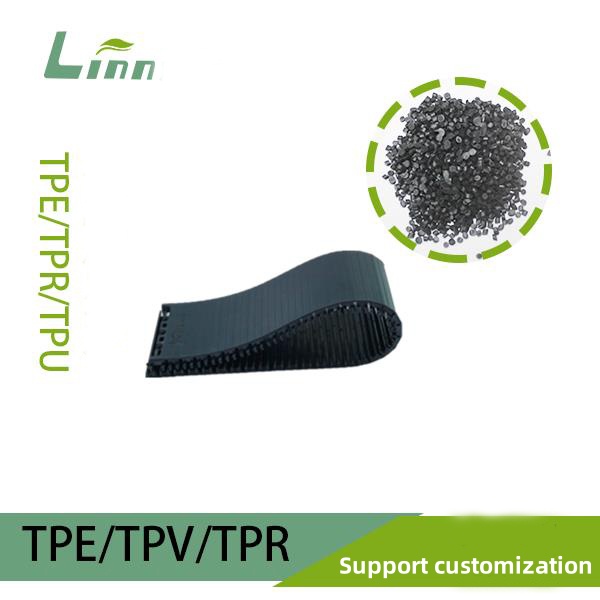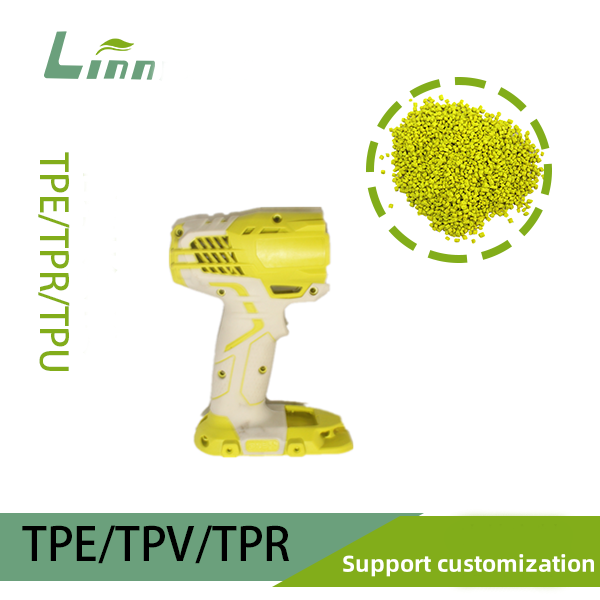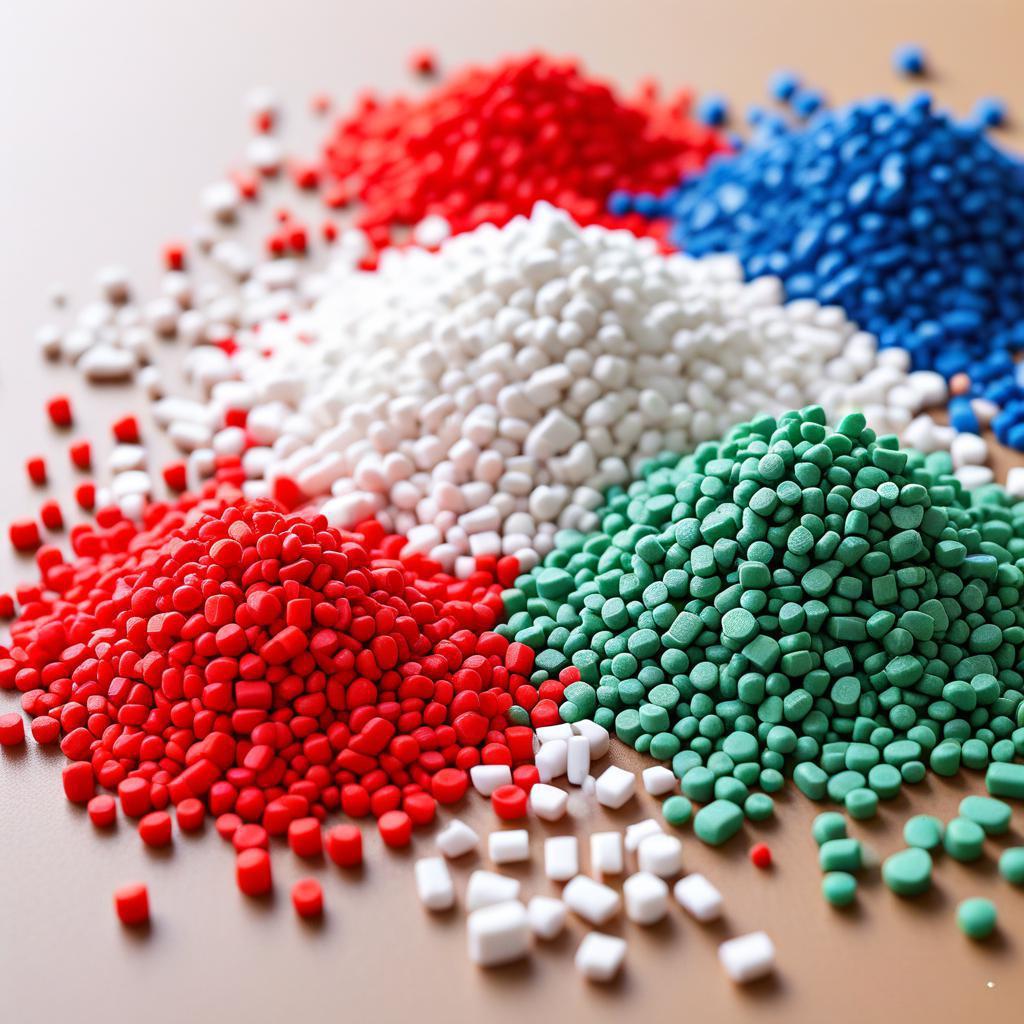Walking through a factory floor, surrounded by the hum of injection molding machines, I’ve often been struck by the little mysteries that pop up in TPE (Thermoplastic Elastomer) production. One question I hear repeatedly from colleagues and clients alike is: Why do TPE raw materials turn out translucent? It’s a curious issue—sometimes you expect a crystal-clear or opaque product, but instead, you get this hazy, semi-transparent look that can throw off the whole aesthetic or even raise concerns about quality. As someone who’s spent years troubleshooting TPE processing, I’ve dug into this phenomenon time and again. In this article, I’ll walk you through why TPE materials end up translucent, what factors contribute to this, and how you can control or adjust the transparency to meet your needs. Let’s unravel this mystery together with a mix of science, experience, and practical tips.

Understanding Translucency in TPE Materials
When we talk about TPE raw materials being translucent, we’re describing a state where the material allows some light to pass through but scatters it, creating a hazy or cloudy appearance. Unlike fully transparent materials (like glass-clear polycarbonate) or completely opaque ones (like filled ABS), translucent TPEs sit in a middle ground. This property can be desirable for certain applications—like soft-touch grips or flexible packaging—but problematic if you’re aiming for a different visual effect.
So, why does this happen? From my experience, translucency in TPEs is influenced by a combination of material composition, processing conditions, and additives. Let’s break it down:
Polymer Structure: TPEs, such as SEBS (Styrene-Ethylene-Butylene-Styrene) or TPU (Thermoplastic Polyurethane), have a unique block copolymer structure with soft and hard segments. This structure scatters light, naturally leading to translucency.
Additives and Fillers: Pigments, fillers, or processing aids can alter light transmission, making the material appear more or less translucent.
Processing Parameters: Injection molding conditions like temperature, cooling rate, and pressure can affect the material’s microstructure, influencing its optical properties.
Material Blending: If TPE is blended with other polymers or recycled materials, inconsistencies in the blend can cause unexpected translucency.
To address translucency—whether you want to enhance it, eliminate it, or achieve a specific look—you need to understand these factors and how to manipulate them. Below, I’ll dive into practical strategies for managing TPE translucency, drawing from my own trials and errors in the field.

Strategies to Manage TPE Translucency
1. Choose the Right TPE Grade
The starting point for controlling translucency is selecting a TPE grade that aligns with your desired optical properties. TPEs come in a wide range of formulations, and their transparency varies significantly.
Opt for High-Clarity Grades
If you want a more transparent TPE, look for grades specifically designed for clarity, often labeled as “optical” or “high-transparency” TPEs. These grades, typically based on SEBS or TPU, have optimized molecular structures to minimize light scattering. Check the material’s haze value (a measure of light scattering, ideally below 10% for clear applications) in the supplier’s Technical Data Sheet.
Consider Opaque Grades for Less Transparency
If translucency is undesirable, choose TPE grades with higher filler content or opaque additives. Mineral-filled or pigmented TPEs (e.g., with titanium dioxide) can reduce light transmission, creating a more solid appearance.
Verify Material Purity
Contamination from recycled materials or improper blending can introduce translucency. I once worked with a client whose TPE pellets were inadvertently mixed with a small percentage of incompatible resin, causing a hazy look. Ensuring 100% virgin material or consistent blending resolved the issue.
Here’s a reference table for TPE grade selection:
|
Property |
Recommended Specification |
Notes |
|---|---|---|
|
Haze Value |
<10% for transparent grades |
Lower haze for clearer appearance |
|
Filler Content |
0-5% for clarity, >10% for opacity |
Higher fillers reduce translucency |
|
Base Polymer |
SEBS, TPU for clarity |
Avoid SBS for high-transparency needs |
2. Optimize Processing Conditions
Even with the right TPE grade, processing conditions can make or break the material’s optical properties. Here’s how to fine-tune your injection molding setup:
Adjust Injection Temperature
TPE melt temperatures typically range from 180-230°C. Higher temperatures improve flowability and molecular alignment, reducing haze and enhancing clarity. However, excessive heat can degrade the material, introducing yellowness or cloudiness. I recommend starting at the upper end of the material’s recommended range (per the TDS) and testing in small increments. In one case, raising the temperature from 190°C to 210°C cut haze by 30%.
Control Cooling Rate
Rapid cooling can “freeze” the TPE’s microstructure in a disordered state, increasing translucency. Slower, controlled cooling allows better molecular arrangement, improving clarity. Set mold temperatures between 30-50°C and extend cooling times to 15-30 seconds, depending on part thickness.
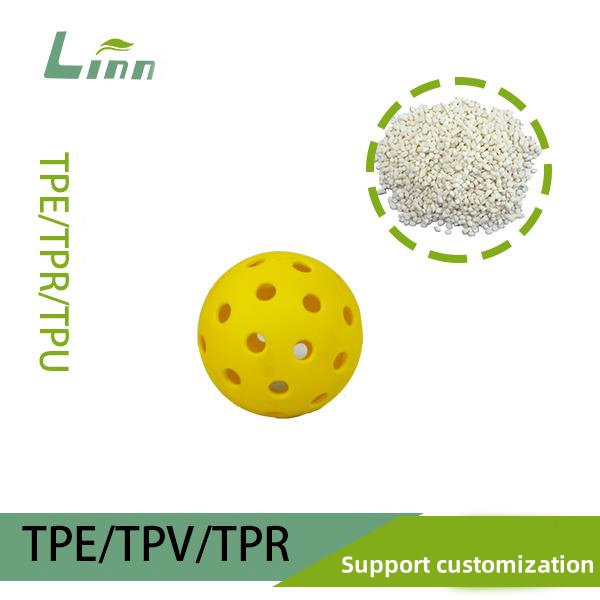
Increase Injection Pressure
Higher injection pressure (e.g., 80-120MPa) ensures better packing of the melt, reducing micro-voids that scatter light. This is especially effective for thin-walled parts where translucency is more noticeable.
Here’s a table for processing parameter adjustments:
|
Parameter |
Recommended Range |
Adjustment Direction |
|---|---|---|
|
Injection Temperature |
180-230°C |
Increase for better clarity |
|
Mold Temperature |
30-50°C |
Higher for improved molecular alignment |
|
Injection Pressure |
80-120MPa |
Increase to reduce micro-voids |
|
Cooling Time |
15-30 seconds |
Extend for controlled cooling |
3. Fine-Tune Additives and Pigments
Additives play a huge role in TPE’s optical properties. Whether you’re aiming for clarity or opacity, the right additives can make all the difference.
Use Optical Brighteners for Clarity
For transparent or translucent applications, optical brighteners can enhance perceived clarity by reducing yellowness. These additives absorb UV light and emit blue light, counteracting haze. Use sparingly (e.g., 0.01-0.1% by weight) to avoid over-brightening.
Incorporate Opaque Pigments for Solid Colors
If translucency is unwanted, add pigments like titanium dioxide (TiO2) or carbon black at 1-5% concentration to block light transmission. Be cautious, as high pigment levels can affect mechanical properties like elasticity.
Avoid Overloading Fillers
Fillers like calcium carbonate or talc, often used to reduce costs, can increase haze. If clarity is the goal, keep filler content below 5% or opt for nano-scale fillers designed for transparency.
In one project, a client struggled with hazy TPE parts despite using a high-clarity grade. We discovered that their supplier had added excessive talc filler. Switching to a low-filler formulation restored the desired transparency.

4. Address Material Handling and Storage
How TPE raw materials are handled before molding can also affect translucency.
Pre-Dry the Material
TPEs are hygroscopic, and moisture can create micro-bubbles in the melt, increasing haze. Pre-drying at 60-80°C for 2-4 hours removes moisture and ensures a uniform melt. I’ve seen drying alone reduce translucency issues by 50% in some cases.
Store Properly
Exposure to humidity or contaminants during storage can degrade TPE pellets. Store materials in sealed containers in a dry, cool environment (below 25°C).
Check for Contamination
Cross-contamination from other resins or dirty equipment can introduce unwanted translucency. Clean the hopper, screw, and barrel thoroughly between material changes.
Here’s a table for material handling guidelines:
|
Practice |
Recommended Approach |
Notes |
|---|---|---|
|
Drying Temperature |
60-80°C |
Avoid overheating to prevent degradation |
|
Drying Time |
2-4 hours |
Adjust based on material hygroscopicity |
|
Storage Conditions |
<25°C, sealed containers |
Prevent moisture and contamination |
Real-World Case Study: Solving a Translucency Puzzle
A couple of years ago, I was called to a factory producing TPE medical tubing. The client wanted a crystal-clear product, but the tubing consistently came out translucent, with a cloudy appearance that failed quality checks. After a thorough investigation, here’s what we did:
Material Review: The TPE grade was SEBS-based but had a higher-than-expected haze value (15%). We switched to a high-clarity TPU grade with a haze value of 5%.
Process Adjustments: Increased injection temperature from 185°C to 205°C and mold temperature from 25°C to 40°C, while extending cooling time to 20 seconds.
Additive Optimization: Reduced filler content from 8% to 2% and added a small dose (0.05%) of optical brightener.
Material Handling: Introduced a 3-hour pre-drying step at 70°C and cleaned the entire material feed system to eliminate contamination.
The result? The tubing’s haze dropped dramatically, achieving the near-transparent look the client needed, and the pass rate soared from 70% to 95%. This experience taught me that translucency issues often require a multi-angle approach, combining material, process, and handling improvements.
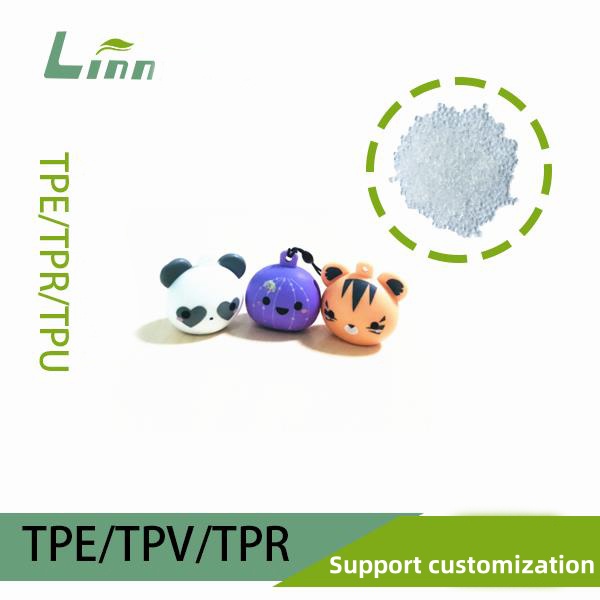
Preventive Measures for Consistent Optical Properties
To avoid translucency surprises in TPE production, incorporate these habits into your workflow:
Document Material Specs: Keep detailed records of each TPE grade’s haze, MFI, and additive content for consistent selection.
Regular Equipment Cleaning: Clean the screw, barrel, and hopper every 3-6 months to prevent contamination.
Test Small Batches: Before full-scale production, run trials with new materials or process settings to confirm optical properties.
Collaborate with Suppliers: Work closely with material suppliers to select grades tailored to your transparency needs.
Frequently Asked Questions
To wrap up, here are answers to common questions about TPE translucency, based on my experience:
Q1: Can all TPEs be made fully transparent?
A: Not all TPEs can achieve glass-like transparency due to their block copolymer structure. However, high-clarity grades like certain SEBS or TPU formulations can come close. Check the material’s haze value for clarity potential.
Q2: Will adding pigments always eliminate translucency?
A: Pigments like titanium dioxide can make TPE opaque, but overuse may affect elasticity or surface finish. Use 1-5% concentration and test for mechanical properties.
Q3: How does mold surface finish affect translucency?
A: A polished mold surface (e.g., SPI A-1 finish) enhances clarity by reducing light scattering. Rough surfaces can increase haze, so ensure proper mold maintenance.
Q4: Can recycled TPE maintain consistent transparency?
A: Recycled TPE often introduces contaminants or inconsistent blends, increasing translucency. If clarity is critical, stick to virgin materials or tightly controlled recyclates.
Final Reflections
Translucency in TPE raw materials can be a puzzling quirk, but it’s one you can master with the right knowledge and tools. As someone who’s spent countless hours tweaking molds and tweaking parameters, I’ve come to appreciate the blend of art and science in TPE processing. Whether you’re aiming for crystal clarity, solid opacity, or a specific translucent effect, I hope this guide gives you a clear path forward. If you’re grappling with a tricky TPE issue, feel free to share your story—I’d love to help brainstorm solutions!

